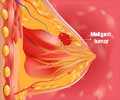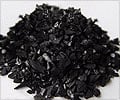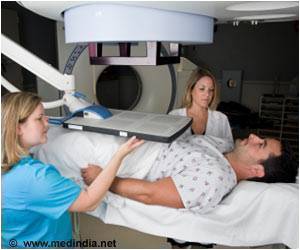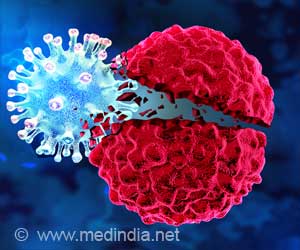Researchers have developed a new reusable device which can help women with breast cancer in lower-income countries by using carbon dioxide to power a cancer tissue-freezing probe instead of argon.
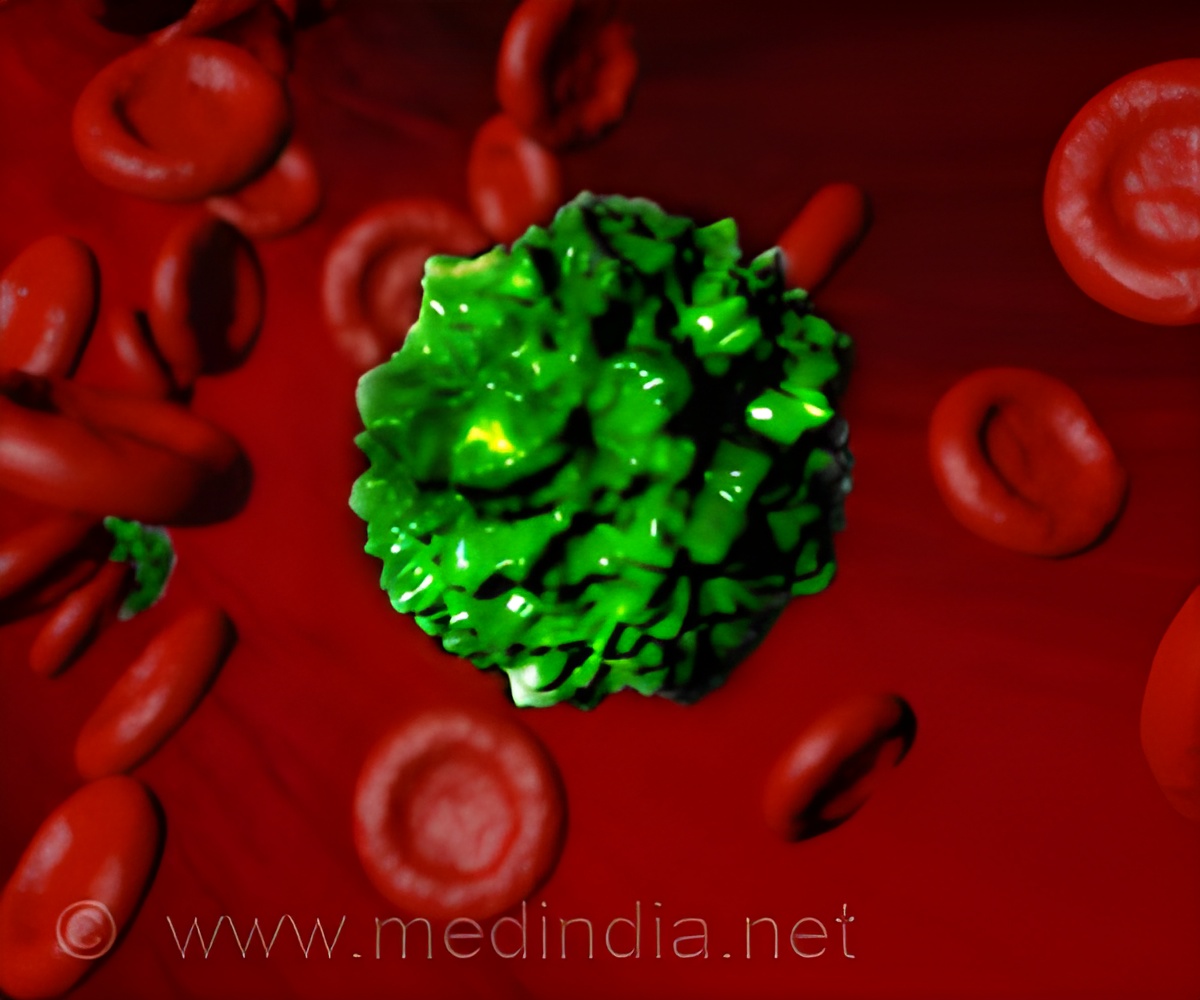
‘The device was able to kill the target tumor tissue by successfully staying cold during the entire experiments.’





"Innovation in cancer care doesn’t always mean that you have to create an entirely new treatment. Sometimes it means radically innovating on proven therapies such that they’re redesigned to be accessible to the majority of the world’s population," said the study’s first author Bailey Surtees from the Johns Hopkins University. For the study, the research team tested their tool in three experiments to ensure it could remain cold enough in conditions similar to the human breast and successfully kill tumor tissues.
In the first experiment, the team used the tool on jars of ultrasound gel, which thermodynamically mimics human breast tissue, to determine whether it could successfully reach standard freezing temperatures killing tissues and form consistent iceballs.
In all the trials, the device formed large enough iceballs and reached temperatures below -40 degrees Celsius, which meets standard freezing temperatures for tissue death for similar devices in the United States.
For the second experiment, the team treated 9 rats with 10 mammary tumors. Afterwards, they looked at the tissues under a microscope and confirmed that the tool successfully killed 85 per cent or more tissues for all tumors.
Advertisement
The device was successfully able to stay cold enough during the entire experiment to kill the target tissue.
Advertisement
Source-IANS


